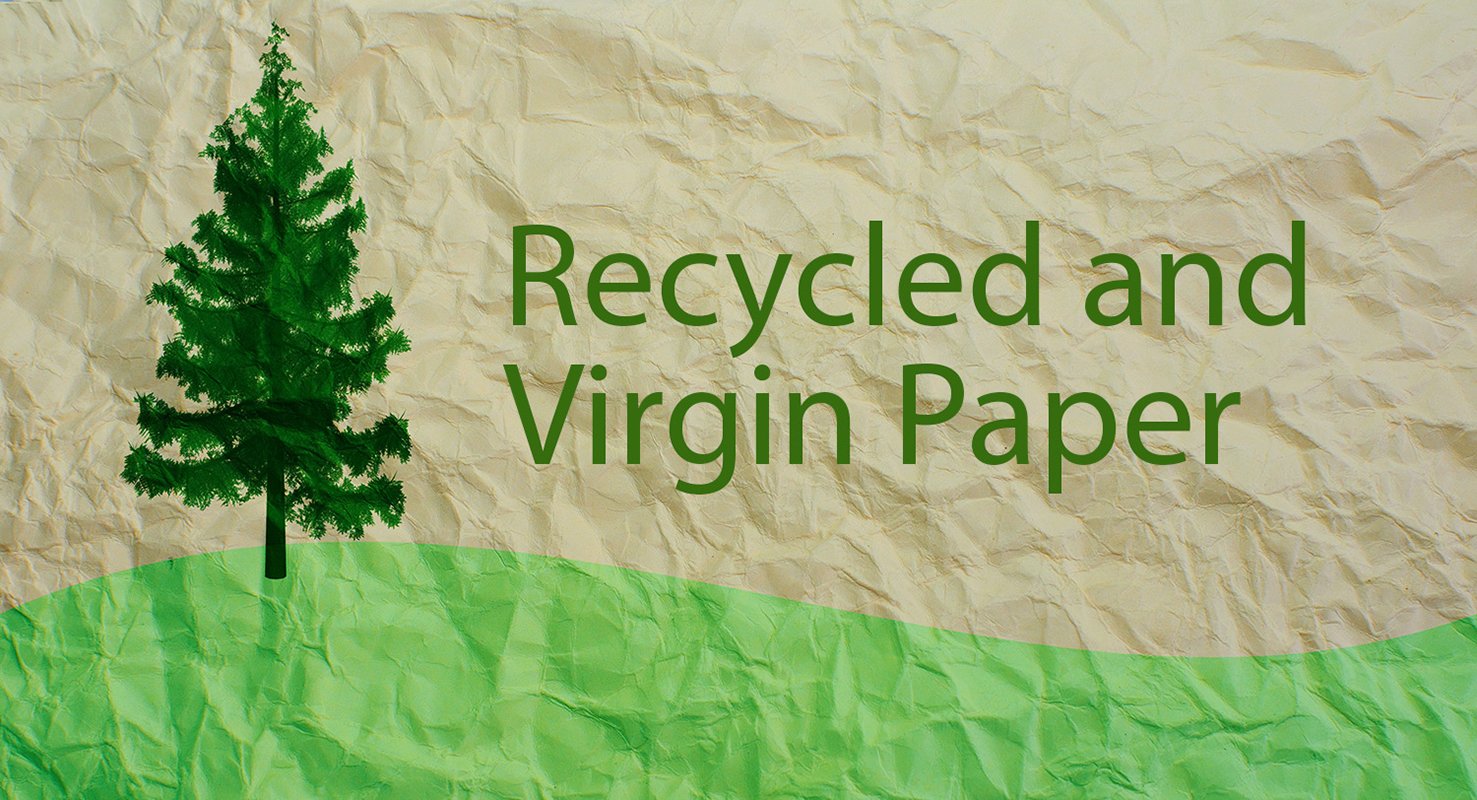Which is better for the environment: recycled paper or certified virgin paper? The answer might surprise you.
Which is better for the environment: responsibly sourced certified virgin paper or paper made with recycled fiber? The answer, which may surprise you, is that both options are sustainable choices that play an important role in protecting our natural resources.
We’re all aware of the importance of recycling paper after we use it. Doing so extends the life of the fiber, and every ton of paper that’s recycled saves more than 3.3 cubic yards of landfill.
Want more good news? The amount of paper recycled in the United States hit an all-time high of 67.2 percent in 2016.
But recycling paper also requires many steps, each of which consumes resources and weakens the fiber. Here are three reasons why recycled fiber has its limits:
Paper can’t be recycled indefinitely. As a natural fiber, paper has a limited lifecycle. It can only be recycled five to seven times before the fibers break down and can no longer be used. Feeding 100 percent virgin paper into the system provides a constant stream of fresh fibers, which can then be recycled and repurposed.
Some paper is never or rarely recycled. A fair amount of paper never comes back into the system to be recycled, or it’s taken out of circulation for years or even decades. This includes photos, official documents such as birth certificates and diplomas, textbooks and other important or sentimental papers.
Some paper can’t be recycled at all. This includes bathroom tissue, some food packaging, pet bedding and other products, such as construction materials, that can’t be recycled to create new paper.
In all three cases, virgin paper is required to maintain the paper supply and meet the needs of consumers. The practical maximum paper recovery rate is about 80 percent per year, and it won’t be long until our recycling rate reaches that ceiling.
Certified Virgin Paper as a Sustainable Choice
Responsibly sourced certified virgin paper does more than just fill the need for fresh fiber in the paper stream. It’s also a sustainable choice, just like paper made with recycled fiber.
When you choose certified virgin paper, you can know the forests from which the wood is harvested are managed in a way that reduces the overall environmental impact. By ensuring landowners use responsible practices designed to protect water quality and wildlife habitats, high-quality virgin paper products can be sourced from forests that will remain forests for generations to come.
People often think they need to use paper with 100 percent recycled content in order to be sustainable, but that’s not the only way. Recycled paper is one option, but third-party certified virgin paper also plays a role. Today, the best corporate sustainability policies take this into account.
So the next time you’re faced with a choice between paper with recycled content and certified virgin paper, just remember that both types of paper play an important role in maintaining the paper supply.



Discussion